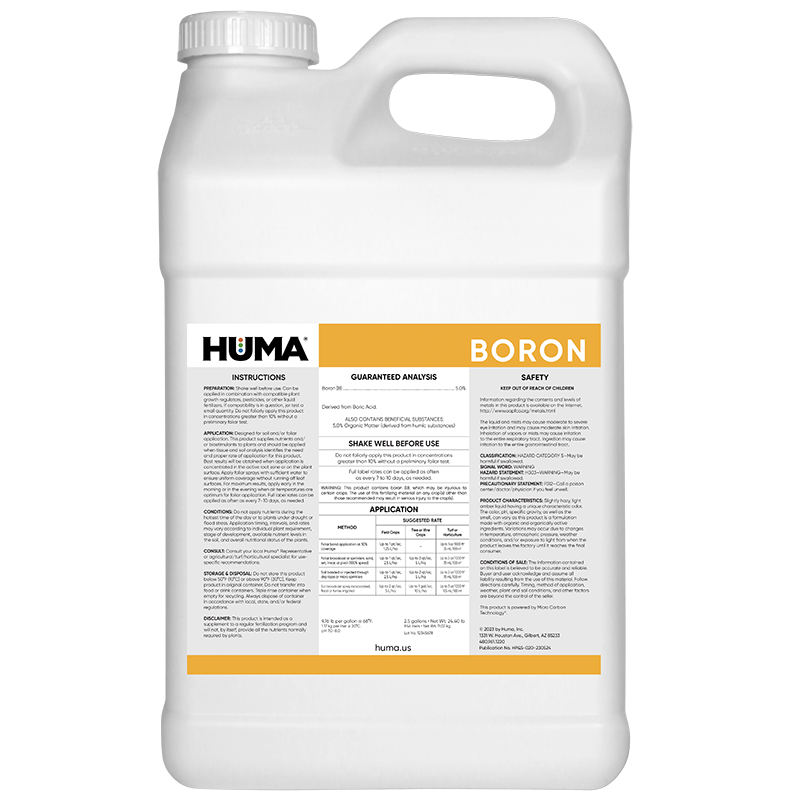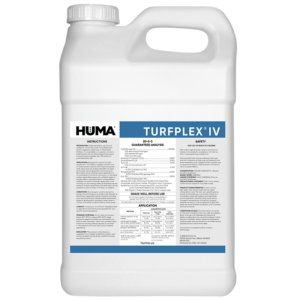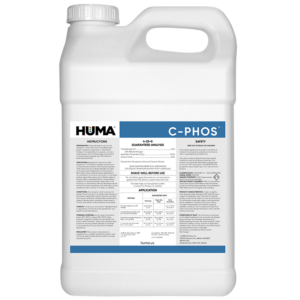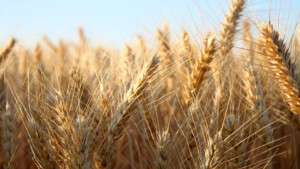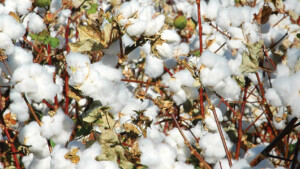BORON
Benefits of Use:
- Supplies boron nutrition necessary for metabolic activity, proper growth, and maturation
- Enhances pollen viability and pollination in flowering crops
- Improves quality of crop
- Is required for cell division and normal tissue differentiation and maturation
- Functions with calcium to form an “intercellular cement” to maintain plant structural integrity
- Improves protein metabolism and reduces nitrate accumulation in young leaves
- Improves sugar transport in plants
Deficiency Symptoms—When to Apply:
- Reduced flowering or improper pollination
- Stubby stem or root growth; weakened cell walls that allow crop lodging
- Thickened, curled, wilted, and chlorotic leaves
- Symptoms of calcium deficiency may appear
- ALFALFA: yellow-reddish leaves in new growth, CORN: pollen tube failure, COTTON: rosette, NUT CROPS: decreased yields in otherwise-healthy trees
FAQs
Related Videos
Huma® Micronutrients and Secondary Macronutrients
Huma liquid micronutrient and secondary macronutrient fertilizers with Micro Carbon Technology (MCT) are extremely efficient. MCT improves nutrient uptake so you can get the most out of your crops. Deliver micronutrients and secondary macronutrients exactly
Learn More
Related Products
Related Case Studies
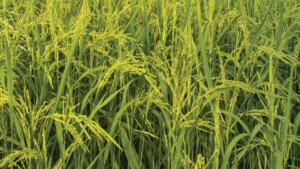
Huma® X-Tend® Compared with Agrotain® on Rice Production in Southern Missouri
Introduction Nitrogen loss through volatilization begins to occur immediately after application unless the urea is stabilized. Agrotain® has been the industry standard for urea stabilization. In 2011, at Shoffner Farm Research, a trial was established to compare Agrotain® and the Huma® product X-Tend® to increase nitrogen use efficiency and rice yield (using the CL 151
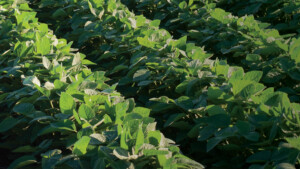
Humic Products Increase Soybean Yield In Iowa
Background Scientific research shows humic and fulvic acids can have a biostimulant effect on plant root growth and mass, nutrient availability and uptake, and crop yield and quality. Objective The objective of this study was to compare and contrast the immediate effects that three types of humic products from Huma®, Inc., have on soybean yield.

Effects of Huma® Products on N & P Stabilization in Sandy Soil
Objective To demonstrate the effects of Huma® products X-Tend®, Fertil Humus®, Fertil Soil®, and Zap® on the reduction of nitrogen and phosphorus leaching in Immokalee sandy soils. Background The leaching of nitrogen and phosphate fertilizers presents an ongoing problem in Florida soils. Agricultural amendments that reduce leaching when applied to soils or when mixed with
Related Blog Posts

This Week In Ag #95
Fans of the animated Christmas classic “The Year Without a Santa Claus” will undoubtedly recall Heat Miser and Snow Miser, the bickering siblings who controlled weather patterns. Their outright refusal to cooperate with one another forced Mrs. Claus to go over their heads and see Mother Nature when she desperately needed snow to fall in

Q&A: Leveraging Biostimulants and Biofertilizers for Sustainable Growth
Fred Nichols, Chief Sales and Marketing Officer at Huma®, shared his perspective in a recent article on biostimulants and biofertilizers, published in CropLife and American Fruit Grower Magazine. In the article, Fred discusses the growing role of these products in sustainable agriculture, their benefits, and their impact on crop production. Below are the questions posed

Jason Garcia on Commercial Melon Growing with Huma Gro®
With Larry Cooper A few weeks ago in this space I wrote about vegetable growing with Huma Gro®. Today I’m writing about melons—which are a whole different proposition. In my part of Florida, growers frequently follow their strawberry crop with melons (typically watermelons or cantaloupes), seed-planted right into the strawberry beds while the strawberries are

